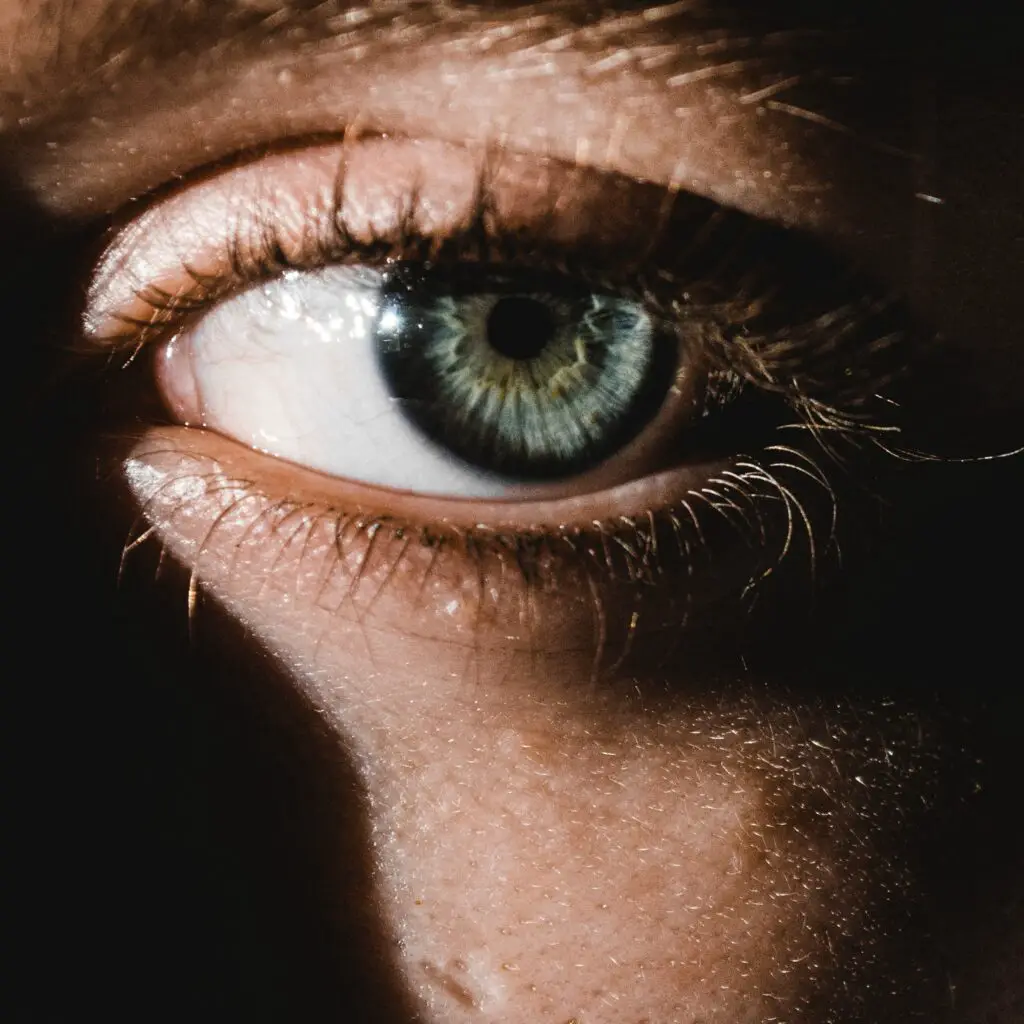The dilation of pupils after death is a phenomenon that has been observed in many cases and has been a topic of curiosity and speculation among medical professionals and researchers for centuries. Pupil dilation, also known as mydriasis, refers to the enlargement of the black circular part of the eye called the pupil. This phenomenon can occur in both living and deceased individuals, but the reasons behind post-mortem pupil dilation are complex and not yet fully understood.

Firstly, it is important to understand the normal physiological mechanisms that control pupil size in living individuals. The size of the pupil is controlled by the muscles of the iris, which are responsible for regulating the amount of light that enters the eye. In response to changes in light intensity, the muscles of the iris can contract or relax, causing the pupil to constrict or dilate, respectively. This process is known as the pupillary light reflex and is essential for maintaining optimal visual function in living individuals.
However, after death, the normal physiological processes that regulate the size of the pupils cease to function. The muscles of the iris lose their ability to contract or relax due to the absence of oxygen and energy supply, leading to a loss of pupillary light reflex. As a result, the pupils tend to dilate in many cases after death.
One of the main factors that contributes to post-mortem pupil dilation is the process of rigor mortis. Rigor mortis is the stiffening of muscles that occurs after death and is caused by the chemical changes that take place in muscle fibers. As the muscles of the iris stiffen during rigor mortis, they can become fixed in a partially dilated position, causing the pupils to appear dilated. This can happen within a few hours after death and may persist for several hours or even days, depending on various factors such as ambient temperature and individual characteristics of the deceased person.
Another factor that can contribute to post-mortem pupil dilation is the release of certain chemicals in the body after death. For example, the neurotransmitter norepinephrine, which is responsible for regulating the size of the pupils in living individuals, can be released in increased amounts after death due to changes in the chemical balance of the body. This can cause the pupils to dilate, although the exact mechanisms by which this occurs are not yet fully understood and are a subject of ongoing research.
Additionally, post-mortem pupil dilation can also be influenced by external factors such as temperature and pressure changes. For example, in cases where the body is exposed to cold temperatures, the pupils may dilate due to the constriction of blood vessels and reduced blood flow to the muscles of the iris. Conversely, in cases where the body is exposed to warm temperatures, the pupils may constrict due to the relaxation of blood vessels and increased blood flow to the muscles of the iris. Similarly, changes in pressure, such as those that occur during autopsy procedures or when the body is transported, can also affect pupil size and contribute to post-mortem pupil dilation.
It is worth mentioning that post-mortem pupil dilation is not always a universal occurrence and can vary from case to case. Factors such as the cause and manner of death, time elapsed since death, and individual physiological characteristics can all affect the extent and duration of post-mortem pupil dilation.
